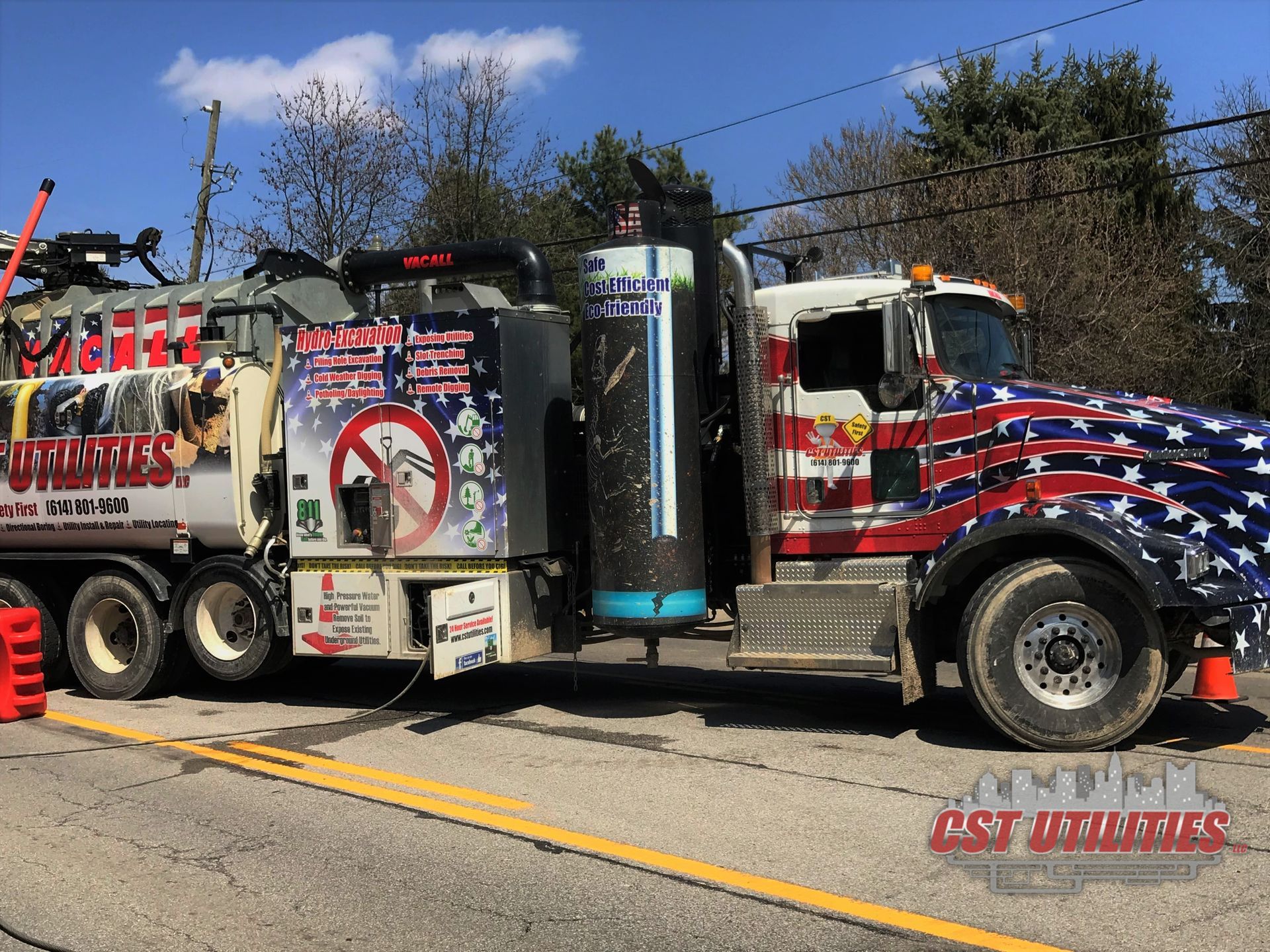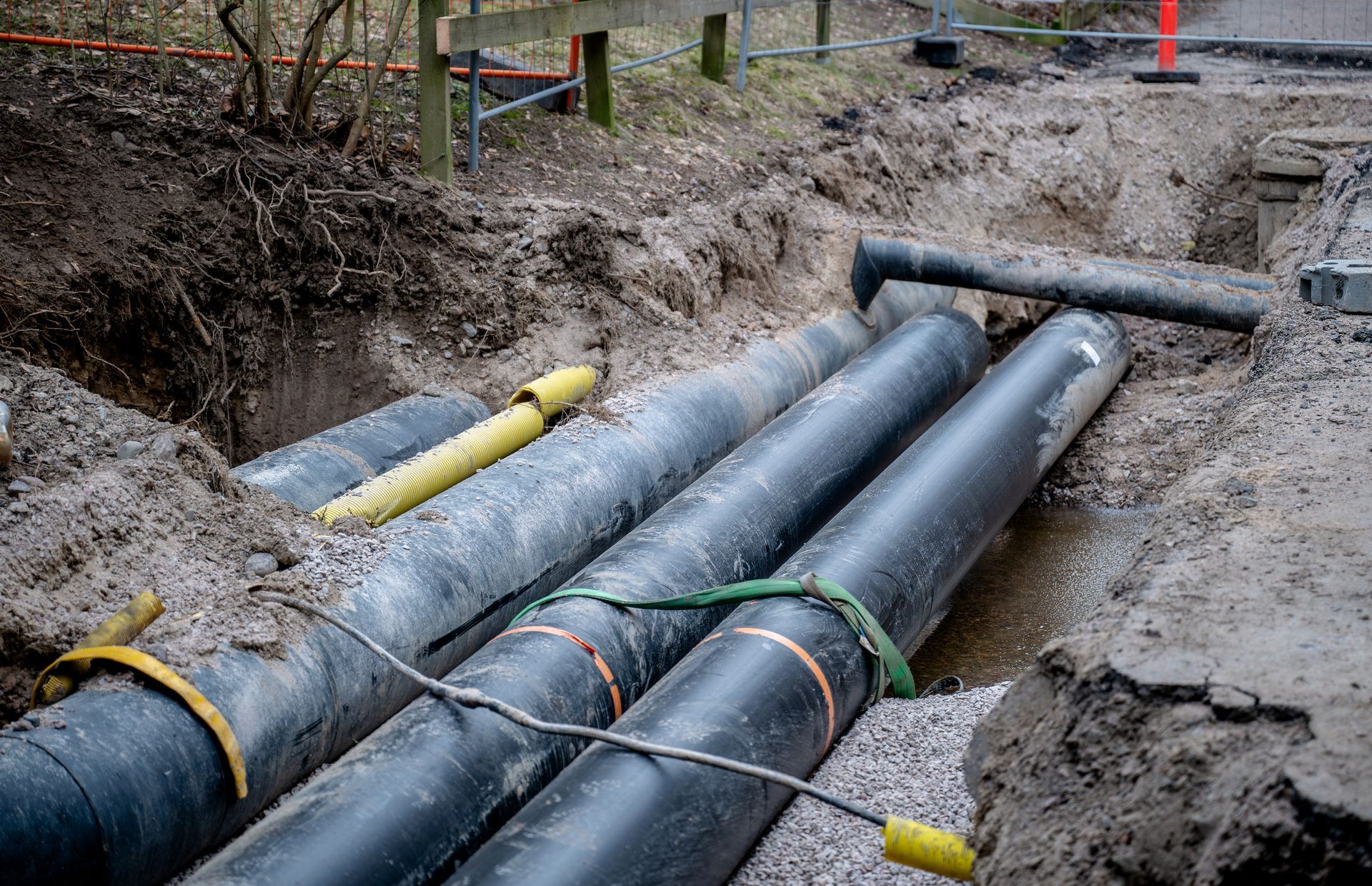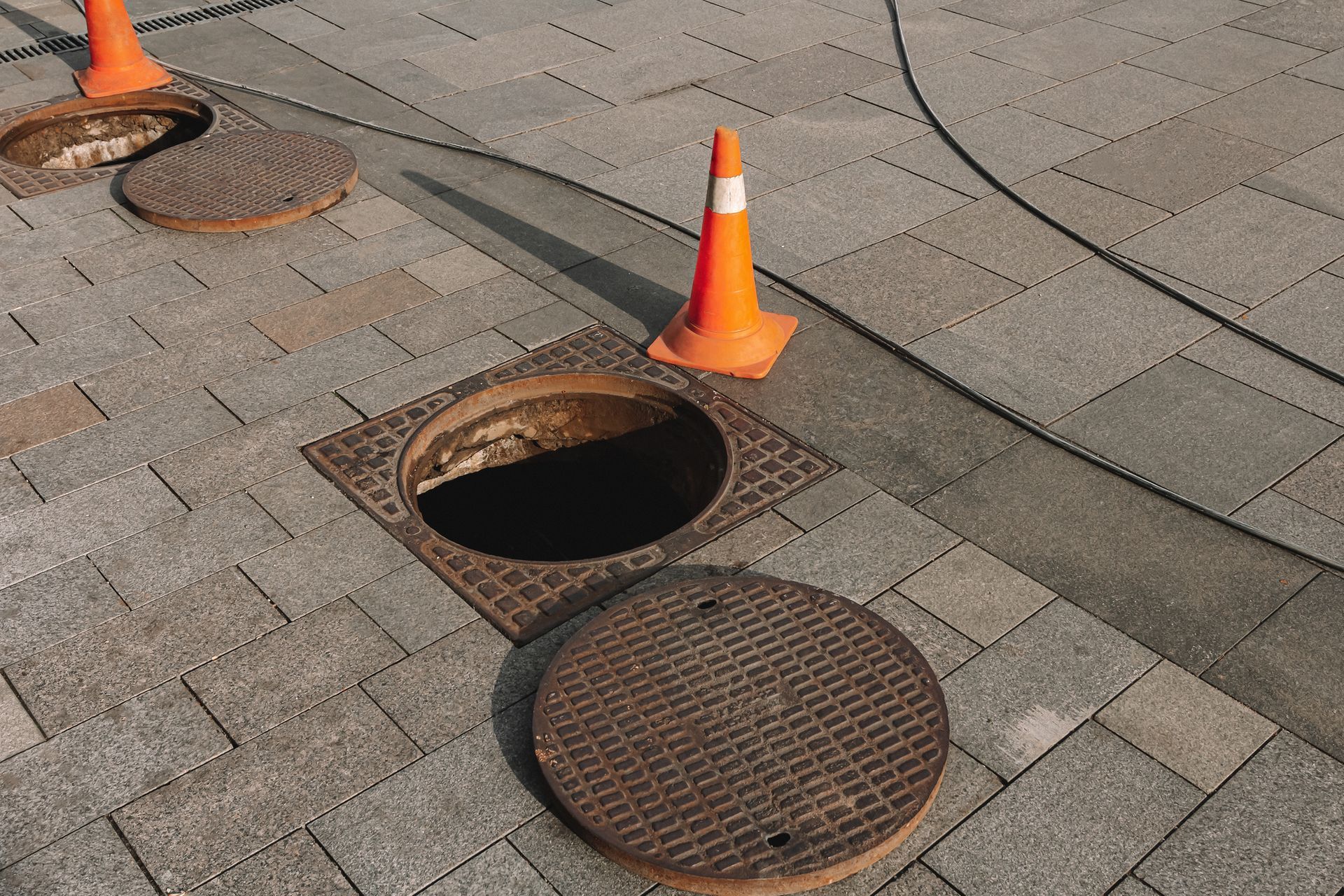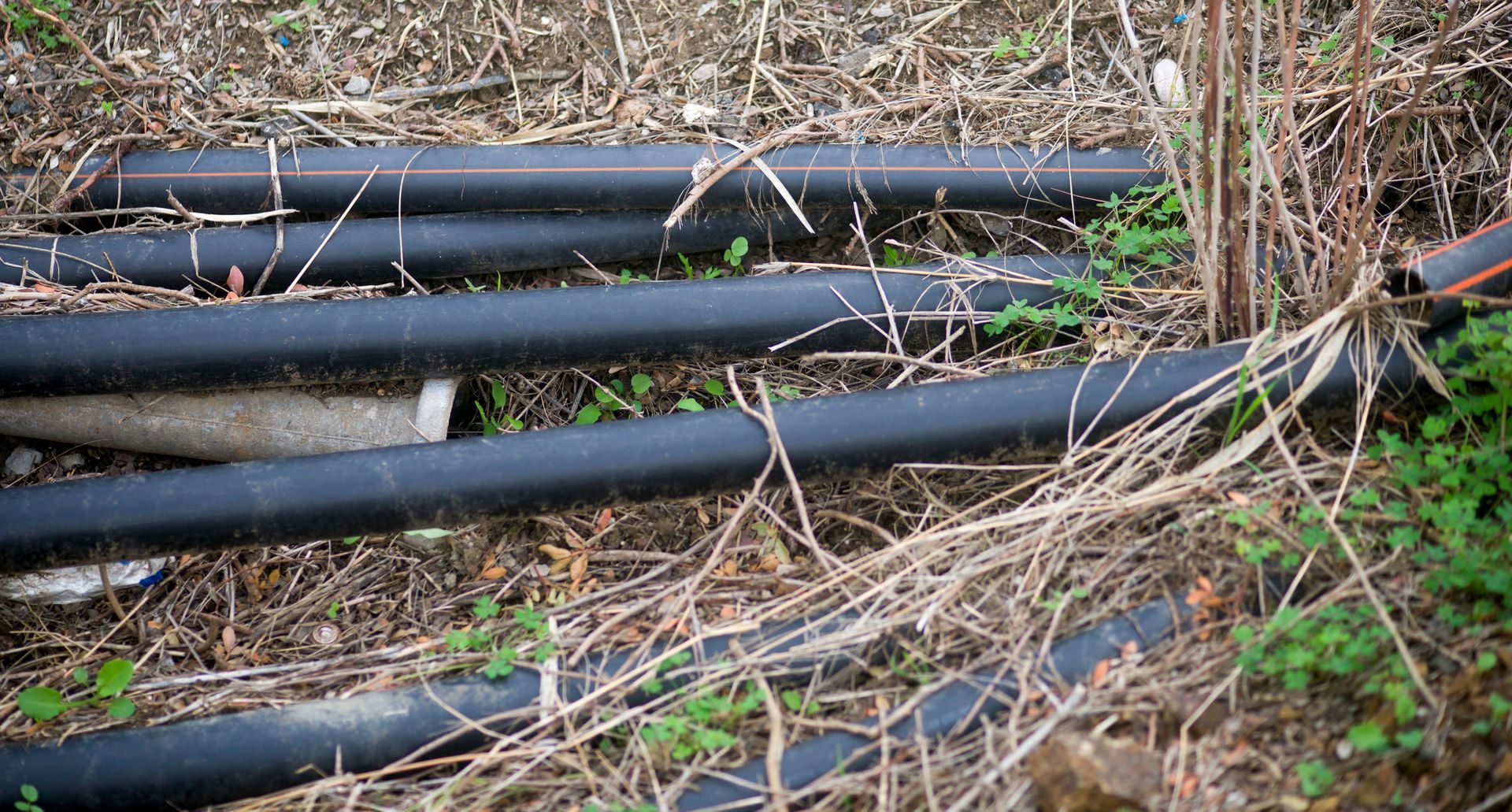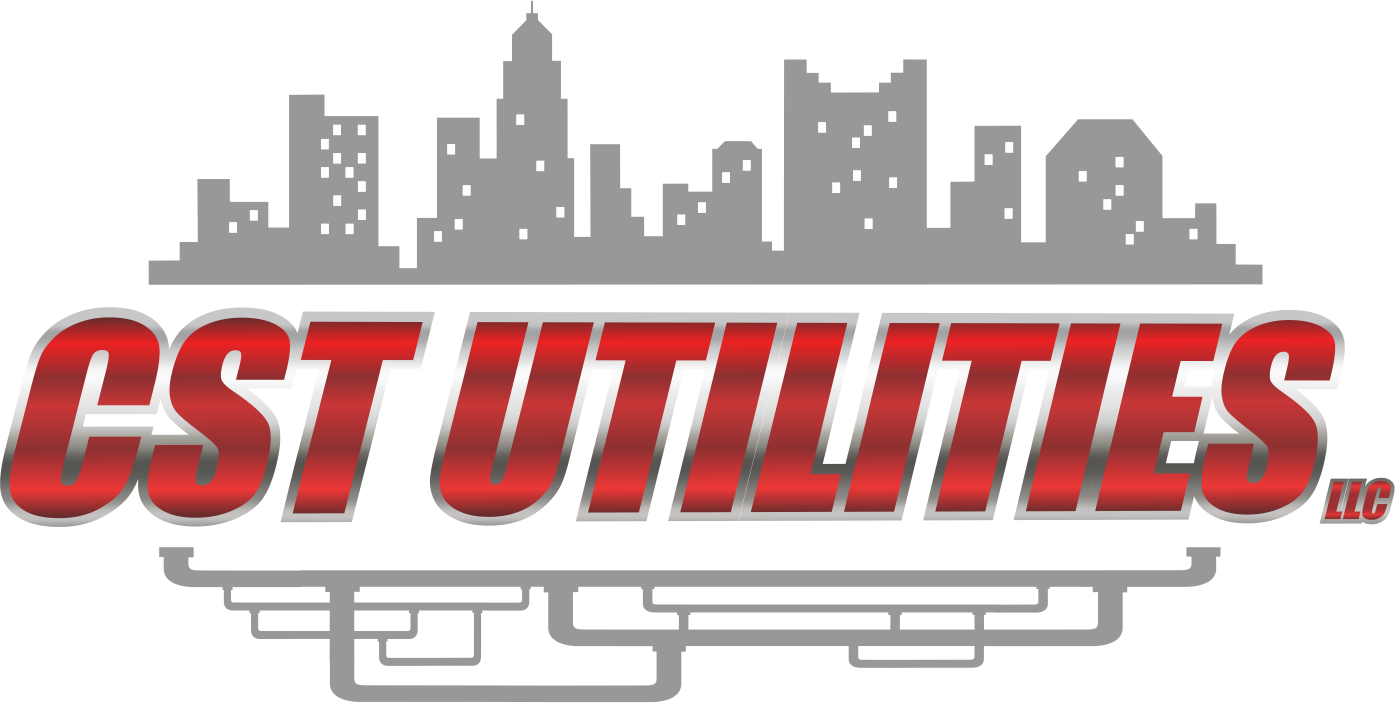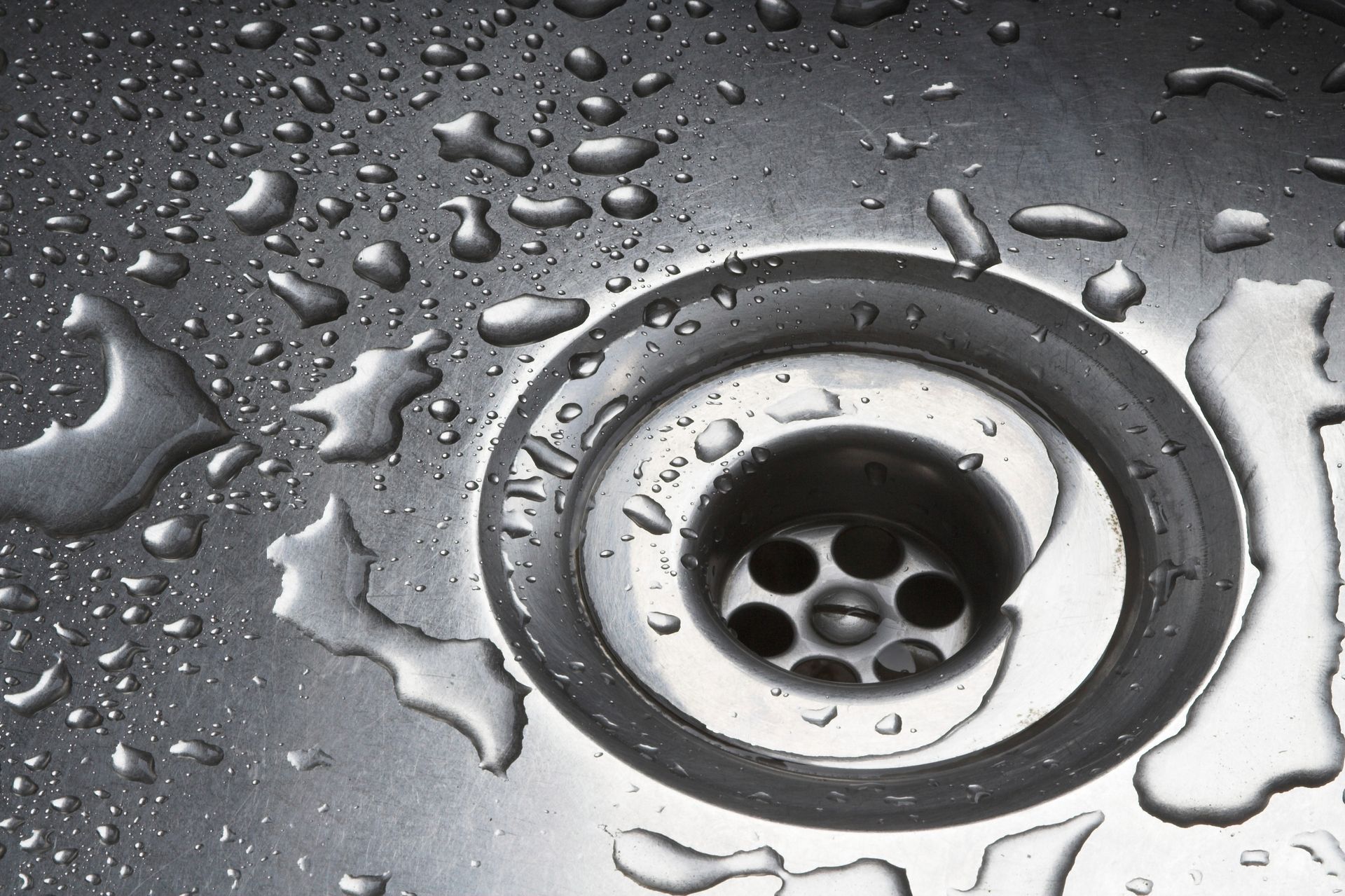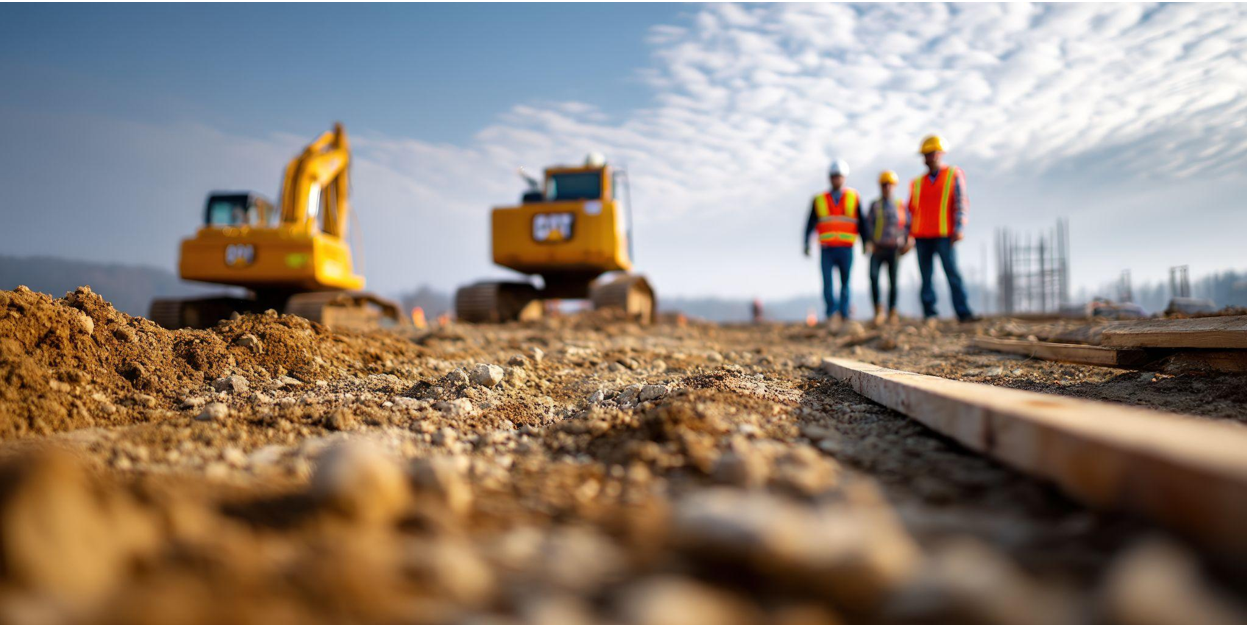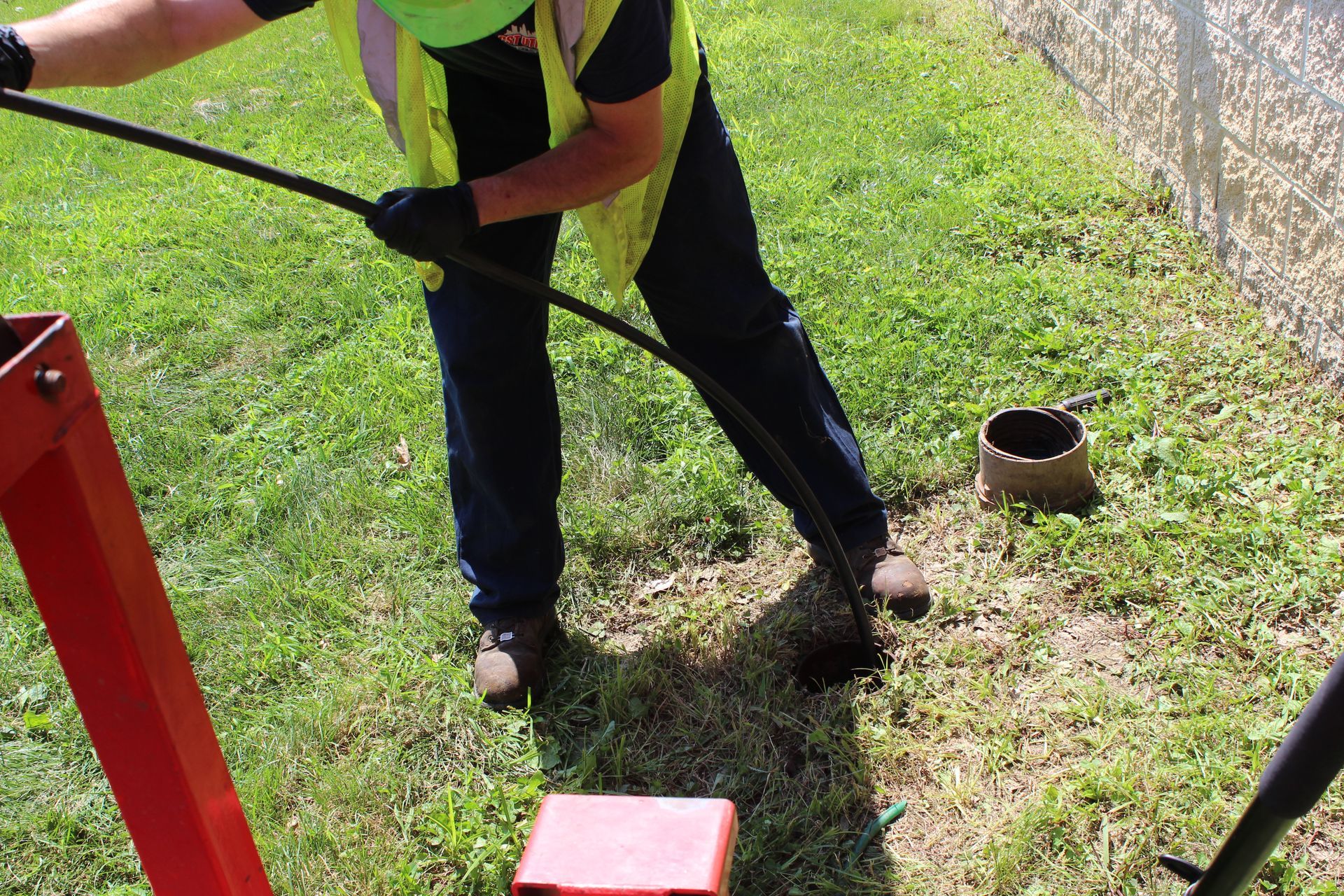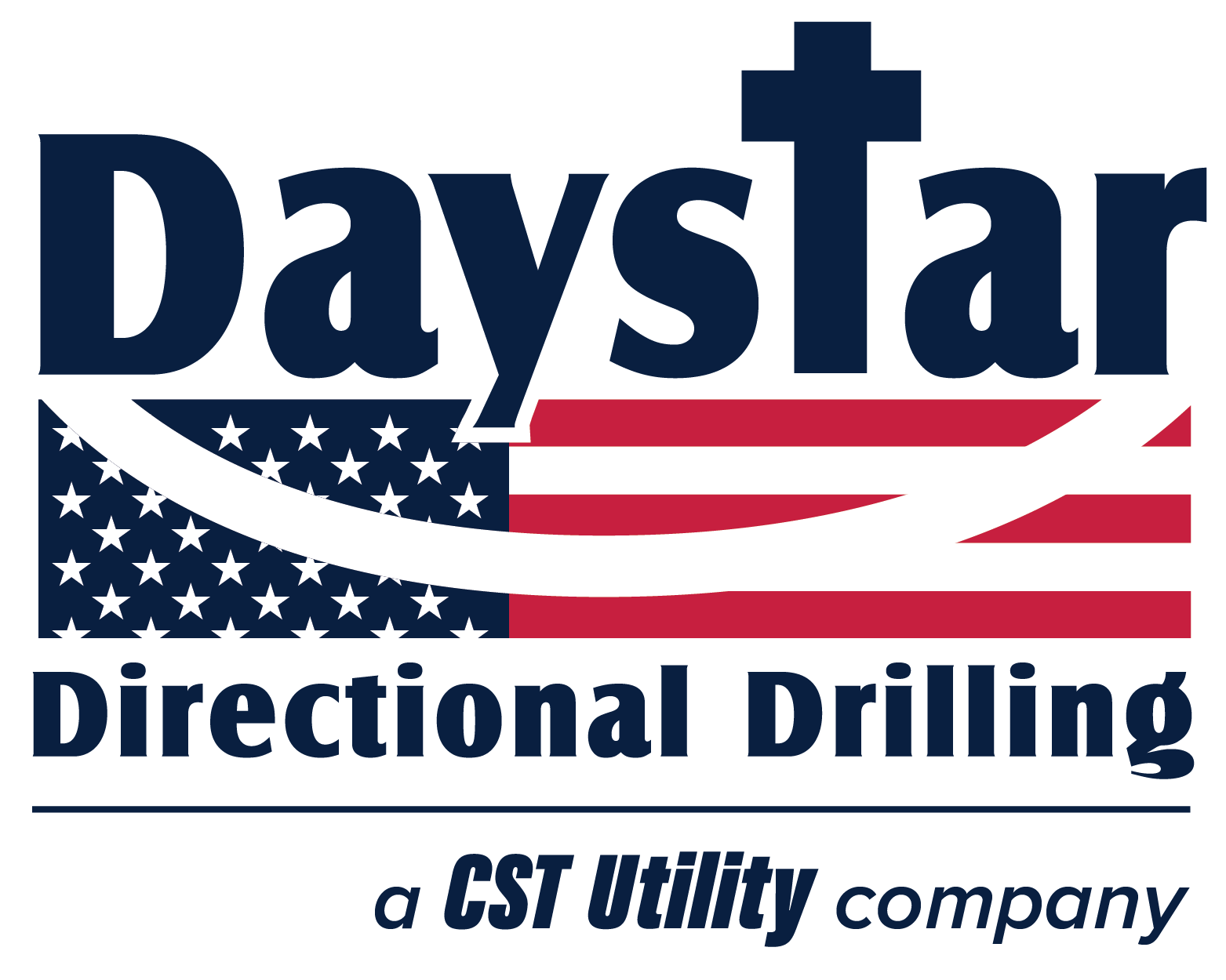Why Gutters and Downspouts Are Essential for Property Protection
Why Gutters and Downspouts Are Essential for Property Protection
(and How to Maintain Them)
What Do Gutters and Downspouts Actually Do?
If you’ve ever dealt with basement flooding, water-stained siding, or eroding landscaping, you know water can cause major property damage. Gutters and downspouts are your first line of defense.
These systems:
- Channel rainwater safely off your roof
- Direct it away from your foundation
- Help prevent soil erosion and basement leaks
- Extend the life of siding, paint, and roofing materials
Without proper drainage, rainwater will find its way into all the places you don’t want it—causing expensive, long-term damage.
Why Gutter and Downspout Maintenance Matters
Search-friendly keywords: "how to maintain gutters," "gutter cleaning tips," "downspout maintenance"
Just like HVAC systems and plumbing, your drainage system needs regular upkeep. When debris builds up in gutters or downspouts clog, water overflows—leading to problems like:
- Foundation cracks
- Rotting soffits and fascia
- Mold growth
- Landscape washouts
The good news? Most of this is preventable with a little seasonal maintenance.
4 Easy Gutter and Downspout Maintenance Tips
Here’s how to keep your gutters and downspouts working effectively:
1. Clean Out Debris at Least Twice a Year
Spring and fall are ideal times to remove leaves, sticks, and sediment buildup. Use gloves, a scoop, and a garden hose—or hire a professional for taller buildings.
2. Check for Leaks and Sagging
Inspect joints and corners for rust or separation. Gutters should be snug against the fascia with a gentle downward slope toward the downspouts.
3. Ensure Downspouts Drain Far Enough
Water should exit at least 5–10 feet from your foundation. Add extensions or splash blocks if needed.
4. Watch for Overflow in Heavy Rain
Overflow often means a clog or improperly sized gutter system. A quick inspection after a storm can catch issues early.
Related Keywords You Might Be Searching:
- How to fix overflowing gutters
- Why downspouts are important
- Best way to clean gutters
- What causes basement flooding after rain
- Roof drainage maintenance tips
Final Thoughts: Don’t Overlook Your Drainage System
Gutters and downspouts may not be exciting—but they’re a critical part of your building’s infrastructure. With a little attention, you can protect your foundation, preserve your roof, and avoid water-related damage.
Need help with property drainage or stormwater management?
Reach out to our team at CST Utilities for expert service and maintenance plans tailored to your needs.
